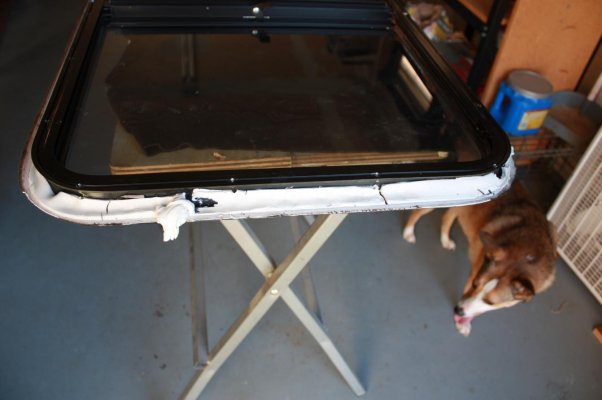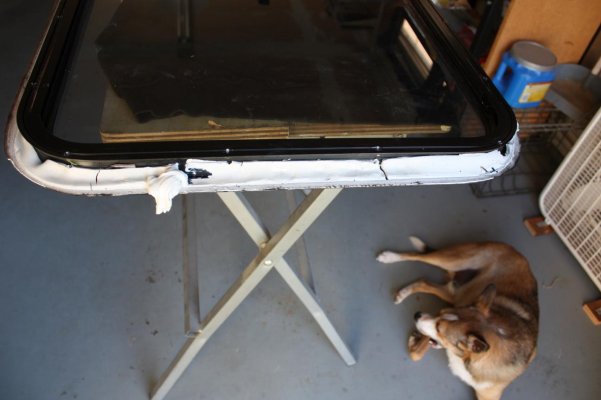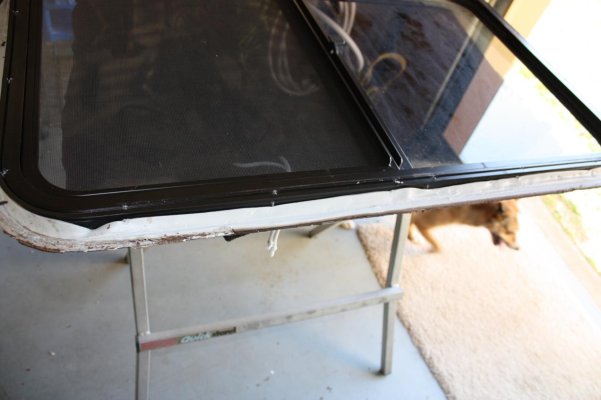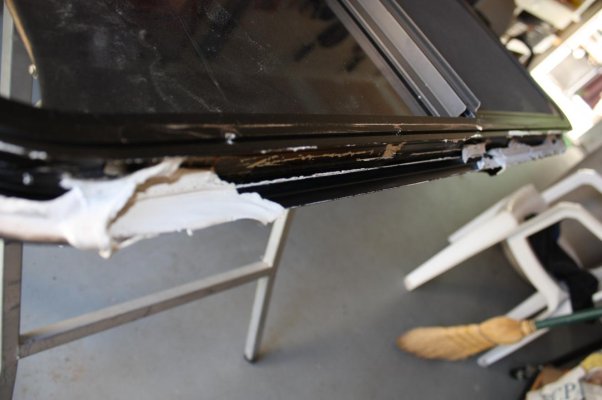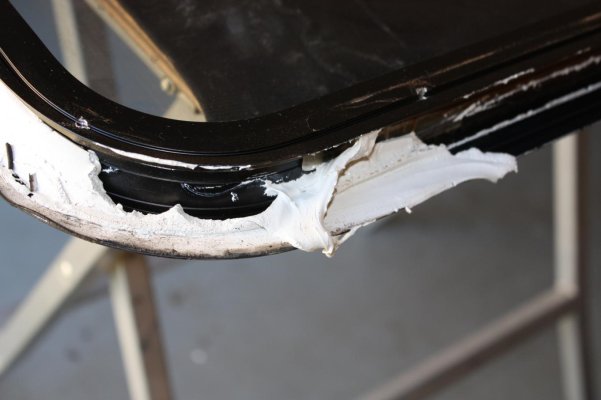Removing and repairing window.
Thanks
for all the prayers I surely needed them. Had a couple of things go
wrong,but the Nurses and aides were fantastic. The Dr. had to be called
and he returned from his office and took care of the problem. He said
the Nodule was quite large and had even grown since he saw me in the
office two weeks ago. He couldn't believe I had no trouble breathing or
swallowing. I,m feeling much better taking the pain pills as needed.
Friday I see the Dr. again and I hope he will be able to remove the
drain . The best news is no cancer!!
_________________________________________________________
Sam,
We echo all the good wishes by others for a speedy and full recovery. The simple fact that you are able to address the forum indicates that you are well on your way!
I want to take this opportunity to thank you for the information you posted a couple of years ago regarding the removal of windows and the need to replace the factory 'goop' they placed during the construction process. After finishing the roof repairs, we pulled the Hi Lo out onto the driveway to proceed with the 2nd part of our project removing all the windows and replacing the weathered [crap] they put on at the factory.
We replaced the first window and it had very little of the factory sealant on it. The outside of the window was weathered dried, black, and broken. The 2nd window was something else! I don't think in any of the previous tasks we have done, that anything was comparable to what we encountered when we removed the window. I am attaching some pictures to show the forum what we had encountered.
First, let me say to the new owners and future manufacturers of the Hi Lo Trailer [I'm hoping you are a member of this forum and are taking notes]. The contrast between the two windows so far as the application of the sealant was unbelievable. While one side had barely any sealant on it [the side that had experienced the most damage on the interior]; The screw hole that held the cover for the window treatments had water that ran down the interior walls and bled onto the wall's surface. After we removed the window and upon inspection of the sidewall, I thankfully found there was no wood involved, just the typical metal studs and Styrofoam filler was evident. It clearly showed that there was moisture that had seeped down into the styrofoam filler from the roof [upon which I have just completed repairs] and eventually down the interior walls. After making the corrections and installing the first window, I began the process of removing the second window in the breakfast nook.
Once we had it out, what was missing from window #1, had been over- compensated on this window in this operation. Consider the difference in
the two windows; one was barely treated with the caulking goop while the other had at least three times what would have been necessary.
My neighbor is a construction manager of a large company in Wisconsin. I asked him to come over to get his opinion of the mess we had discovered. I thought it had been applied by using a caulking gun but he said it was a butyl tape. We both agreed it was not a quality job and had much more applied than what was needed. He could not believe it was still runny like it had been applied yesterday, not 7 years ago!
We got the 2nd window in before dark and tomorrow and Saturday, I will finish removing the remaining [4] windows and re-caulk them and hopefully remove any chance of interior damage from the elements.
Before we take off in a couple of weeks, I will have at least one more post to report on the repair of the cracks in the front and rear end caps, another result of the former company cutting corners and substituting plastic in place of the fiberglass end caps.
Jerry & Carol Curtis
2406 T


